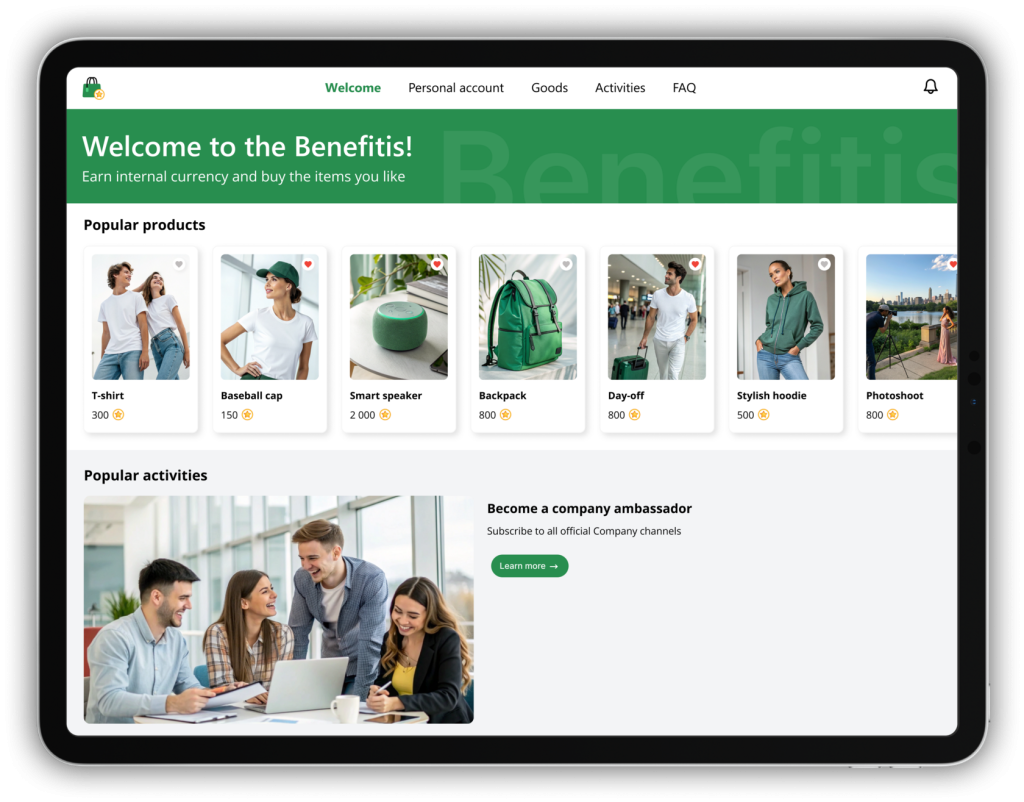Many organizations encounter hurdles during their Power Platform implementation. The good news? These common stumbling blocks aren't dead ends, they're opportunities.
Let's explore the three most common mistakes and how to transform them into wins.
Mistake 1. Building a solution for anyone, without asking a business need
This is a very common issue for many Power Platform projects. A department gets a license and builds a complex app because they can, not because they've identified a clear, painful business process that needs fixing. Instead, it should go all the way round: firstly, talking to the business decision makers, they will share the real business needs and describe the situation. Lastly, develop and create an app.- How to turn it into a win: Start with the "Why": Before writing a single line of formula, document the specific problem. What process is currently done in Excel/email/paper that is slow, error-prone, or costly? Define what metric the app will improve (e.g., "Reduce processing time by 25%"). Awara IT had a similar story with a large international online retailer. They have opened new pick-up locations in a new country and used Excel to manage operations of every pick-up location. It caused inconveniences at best, with delays in delivery, unsatisfied visitors etc. With a professional approach to Power Apps, after clarifying the business request from the customer, a simple scalable Power Apps solution was offered.
- Adopt a user-centric mindset: Involve the end-users from day one. Their daily frustrations and needs are the blueprint for your app. A successful Power Platform implementation is measured by user adoption and process improvement, not just technical completion.
- Win: You shift from creating unused "tech for tech's sake" to delivering tangible ROI by solving genuine business pains, which builds credibility for future projects.

Mistake #2: Ignoring the "Citizen Developer" framework
Empowering "citizen developers" is a core strength of the Power Platform. However, handing out licenses without guardrails is like building a library without a cataloging system—chaos ensues. This leads to "app sprawl," data security risks, and redundant solutions.- How to turn it into a win: Establish a Center of Excellence (CoE): Start simple. Create a small team or set of guidelines that defines best practices, naming conventions, and data loss prevention (DLP) policies. Promote Reusability: Encourage developers to build scalable components that can be used across the organization. This prevents five different departments from building five slightly different "Leave Request" apps.
- Win: You foster a culture of managed innovation. Citizen developers feel supported and empowered to build safely, while IT maintains control over security and architecture. This makes your entire Power Platform implementation more scalable and secure.
- At Awara IT we offered workshops for potential Citizen Developers. The idea is that the expertise remains within the client company, as key users know how to create their own simple apps using Microsoft Power Platform.
Mistake 3: Underestimating scale
It’s tempting to build your Power App directly on top of a massive, shared Excel spreadsheet. It works for a prototype with three users. But when 50 people try to use it simultaneously, it collapses. A poor data architecture foundation is the most common technical reason a Power Platform project fails to scale.- How to turn it into a win: Choose the right data source: For any mission-critical or multi-user application, invest in a proper relational database like Dataverse for Teams (for simpler needs) or the full Dataverse. This provides security, relational data models, and proven scalability.
- Plan for growth: Design your app's data model with future requirements in mind. How will reports be built? What new data might you need to track in a year?
- Win: Your solutions become robust, performant, and trusted. They can grow with the business, handling more users and complex processes without needing a complete rebuild, saving time and money in the long run.
A successful Power Platform implementation isn't just about avoiding pitfalls; it's about building a strategic capability. By focusing on real business problems, establishing smart governance, and architecting for scale, you transform isolated apps into a powerful ecosystem that drives efficiency.

